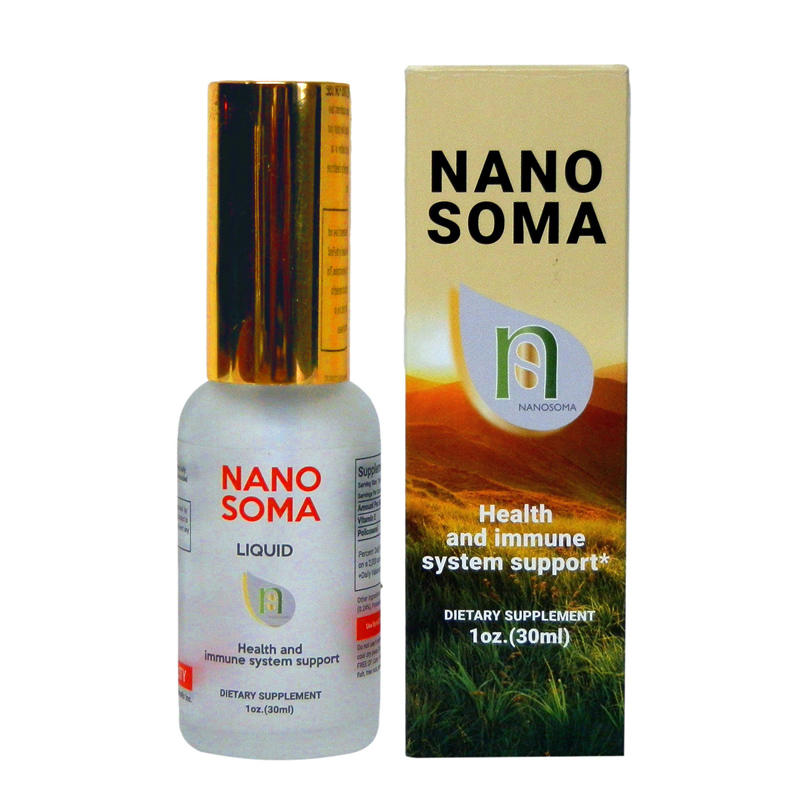No products in the cart.
Post Surgical Healing Advise
Getting Better After Procedures
Rest or immobilization of the affected area helps recovery. A splint or brace maybe advisable. (Please consult your health care provider.)
- Sleep as often as you can. Your body repairs itself during sleep. Many people compromise the speed of their recovery by trying to get up and about too soon.
- Stay hydrated. Fluids are important as they help keep your tissues hydrated. Aim for eight cups of fluid a day.
- Do not consume caffeinated beverages as these are diuretics and cause the body to lose water.
- Eat well. Healthy foods are critical to the complete repair of your body. Protein is particularly important as it contains amino acids which will help build your tissues. Consider a protein-rich multivitamin shake (available from pharmacies and supermarkets).
- Think positive thoughts. Repeatedly visualizing your prompt and complete recovery may well help you get better faster and will keep depression at bay.
Reducing Your Risk of Injury
Your doctor will inform you of the period of time you will need to immobilize the areas affected by the surgery or injury. After this period there are many things you can do to lessen your risk of injury. Most of these include strengthening the area by proper stretching and exercises, and reducing strain on your muscles and connective tissues.
Learn to Relax
Letting go of tension in the muscles surrounding the area of trauma helps to reduce pain. Try deep breathing exercises, listen to music or relaxation tapes, or visualize a pleasant activity such as lying on a beach or soaking in a warm bath. Developing relaxation skills can give you a greater feeling of control over pain and a more positive outlook.
Avoid Chronic Intake of Drugs that Accelerate Tissue Breakdown
Certain medications, such as ASA, can contribute towards breakdown of tissue structures including joint cartilage.
Pace Yourself
Remember to pace yourself when doing heavy or prolonged work and make sure you take frequent rests. Pacing allows weakened muscles a chance to recuperate.
The Importance of Exercise
Your muscles, bones and many other tissues respond to exercise by becoming stronger. The most beneficial activity for your body is weight-bearing exercise, which forces you to work against gravity. Weight-bearing exercises include walking, jogging, hiking, stair-climbing, weight training, tennis and dancing. Your muscles and bones respond to exercise by increasing in strength and mass. Developing muscle strength will help you maintain better balance and become more flexible. This can help prevent falls that could cause bone fractures and other injuries. If you are experiencing severe pain, your choice of exercise may be limited.
Swimming or other exercise performed in water will reduce impact on your body and likely be less painful. While exercise is good for someone with Osteoporosis, it is important not to put any sudden or excessive strain on your bones. Your doctor can recommend specific exercises to strengthen and support your back, which will help you to reduce the risk of fractures. Always consult your doctor before beginning an exercise program. He or she may refer you to a physical therapist who can advise you of the forms of exercise that are likely to be helpful and those that could be harmful. Exercise helps reduce pain, inhibits further bone breakdown and can help you maintain a healthy weight.
Preventing Falls
Preventing falls is particularly important for people with osteoporosis since falls increase the likelihood of fracturing a bone in the hip, wrist, spine or other part of the body. In addition to the environmental factors listed below, falls can also result from impaired vision and/or balance, chronic diseases that impair mental or physical functioning and certain medications such as sedatives and antidepressants. If you have osteoporosis, it is important that you be aware of any physical changes you may be experiencing that may affect your balance or the way you move. These changes should be discussed with your doctor or other healthcare practitioner.
Some tips to help eliminate the environmental factors that lead to falls include:
When Outdoors
- Use a cane or walker to increase stability.
- Wear rubber-soled shoes to improve traction.
- Walk on grass when the sidewalks are slippery.
- In winter, consider carrying salt or kitty litter to sprinkle on icy sidewalks.
- Use carpet runners to increase traction in slippery outdoor areas such as patios.
When Indoors
- Keep rooms clutter-free, especially the floors.
- Mop up floor spills. Highly polished floors can become particularly slippery if wet.
- Wear supportive, low-healed shoes.
- Avoid walking in socks, stockings, or slippers. Use footwear with “skid-proof treads.
- Make sure that carpets and area rugs have skid-proof backing or are tacked to the floor.
- Make sure that stairs have handrails on both sides and that stairwells are well lit.
- Install grab bars on bathroom walls near tub, shower, and toilet.
- Use a rubber bath mat or appliques in shower or tub. Clean often to remove slippery soap-scum.
- Keep a flashlight with fresh batteries beside your bed.
- If you use a step stool to access hard to reach areas, make sure it is sturdy with a handrail and wide steps.
- Consider using a cordless phone to avoid having to rush to answer the phone. Carry it with you so that you can call for help if you do fall.
Position Joints Wisely
Use your back, arms and legs to avoid putting extra stress on joints. For example, carry a heavy load close to your body. Using grab bars and shower seats in the bathroom can help you to conserve energy and avoid falls. Use your larger, stronger joints to bear the weight of loads. (For example, use a shoulder bag instead of a handheld one). Avoid staying in the same position for long periods of time.







